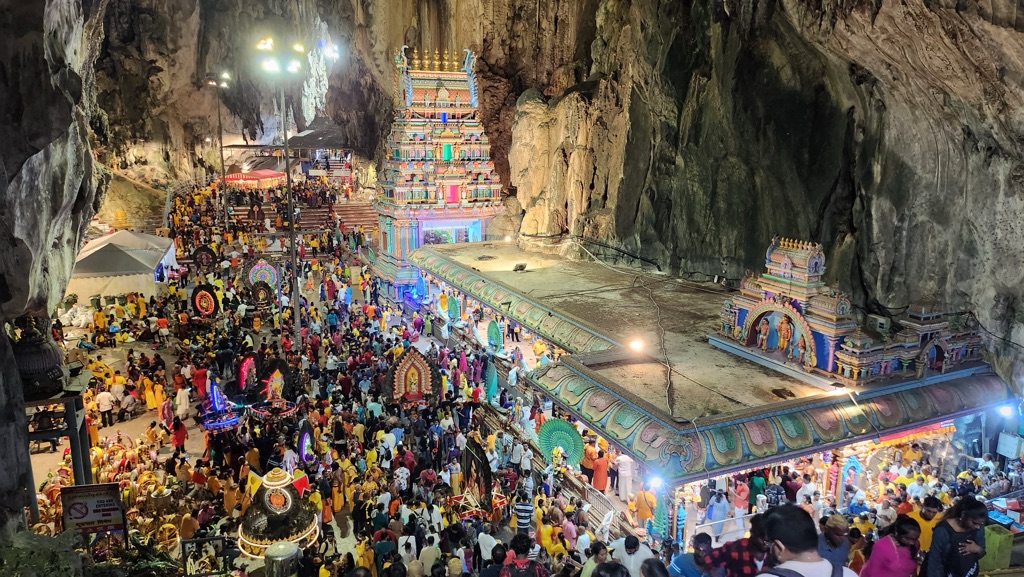The Batu Caves are a series of limestone hills that house a collection of caves and cave temples. Located in Gombak, Selangor, Malaysia, they are a prominent Hindu shrine outside of India. The caves are dedicated to Lord Murugan and are a focal point for the Tamil festival of Thaipusam in Malaysia. The site’s main attraction is the large statue of Lord Murugan at the entrance, and the 272-step climb to the Temple Cave. Batu Caves attract thousands of worshippers and tourists, especially during the annual Thaipusam festival.
Get your dose of History via Email
Historical Background of Batu Caves
The Batu Caves were discovered in the late 19th century. American naturalist, William Hornaday, is credited with their discovery in 1878. The limestone forming Batu Caves is said to be around 400 million years old. However, it was K. Thamboosamy Pillai, an Indian trader, who founded the temple within the caves. He was inspired by the ‘vel’-shaped entrance of the main cave and dedicated a shrine to Lord Murugan there.
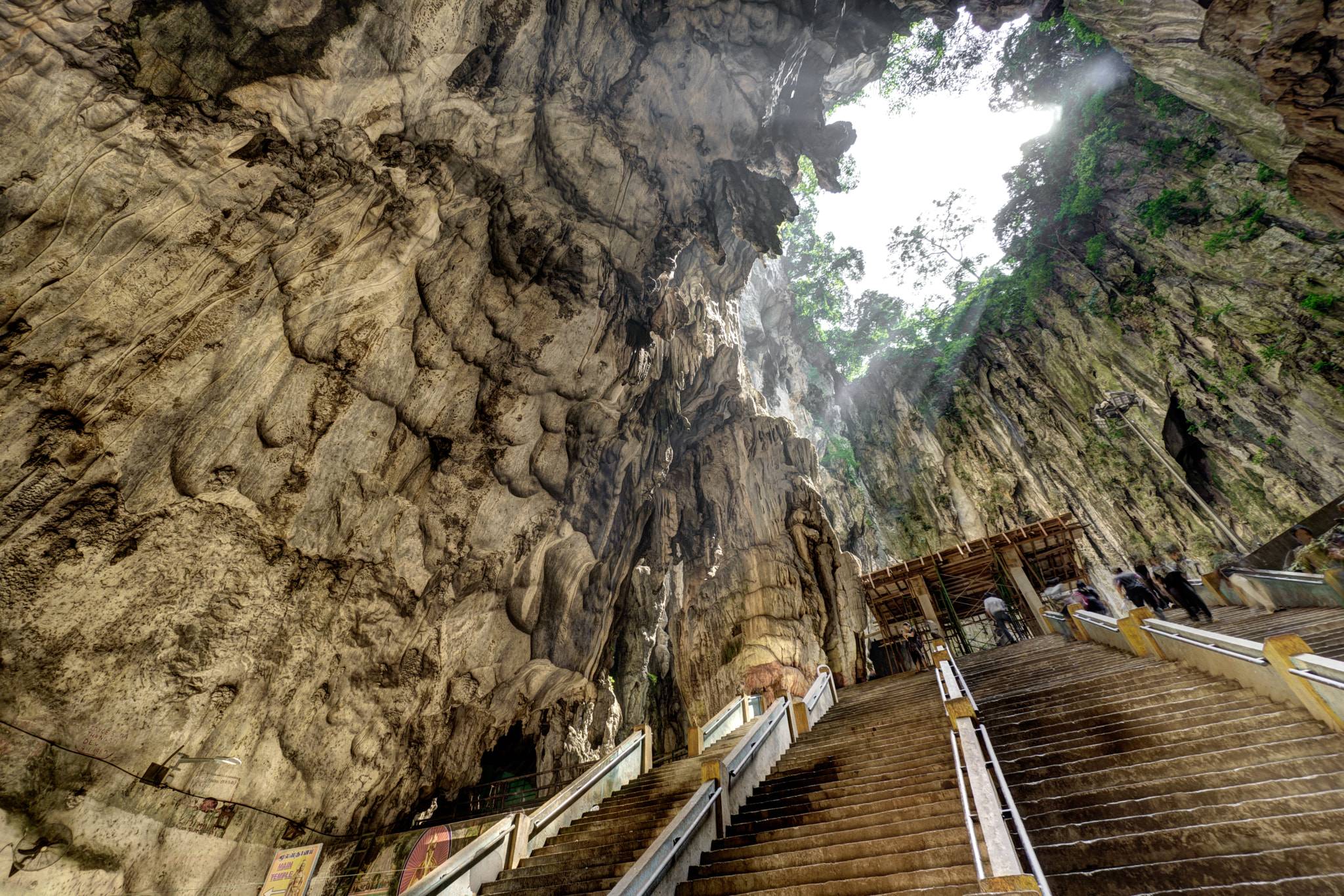
In the years that followed, the site became increasingly significant for the Hindu community. The first temple within the caves was built in 1891. Since then, Batu Caves has evolved into a pilgrimage site. The site has also seen its fair share of historical events. During World War II, the caves were used as shelters by the Japanese. The temple complex was later renovated and expanded to become the grand structure it is today.
No evidence suggests that the caves were inhabited before their discovery. However, they have been the scene of important religious events. The Thaipusam festival, in particular, has been celebrated at Batu Caves since 1892. This event draws devotees from all over the world. They perform acts of devotion, such as carrying kavadis, as a form of penance or thanksgiving.
The development of Batu Caves as a religious site has been ongoing. The 42.7-meter high statue of Lord Murugan was unveiled in January 2006. It is the tallest statue of a Hindu deity in Malaysia and the second tallest statue of a Hindu deity in the world. The statue and the staircase leading to the Temple Cave were painted in vibrant colors, which was completed in 2018, adding to the site’s visual appeal.
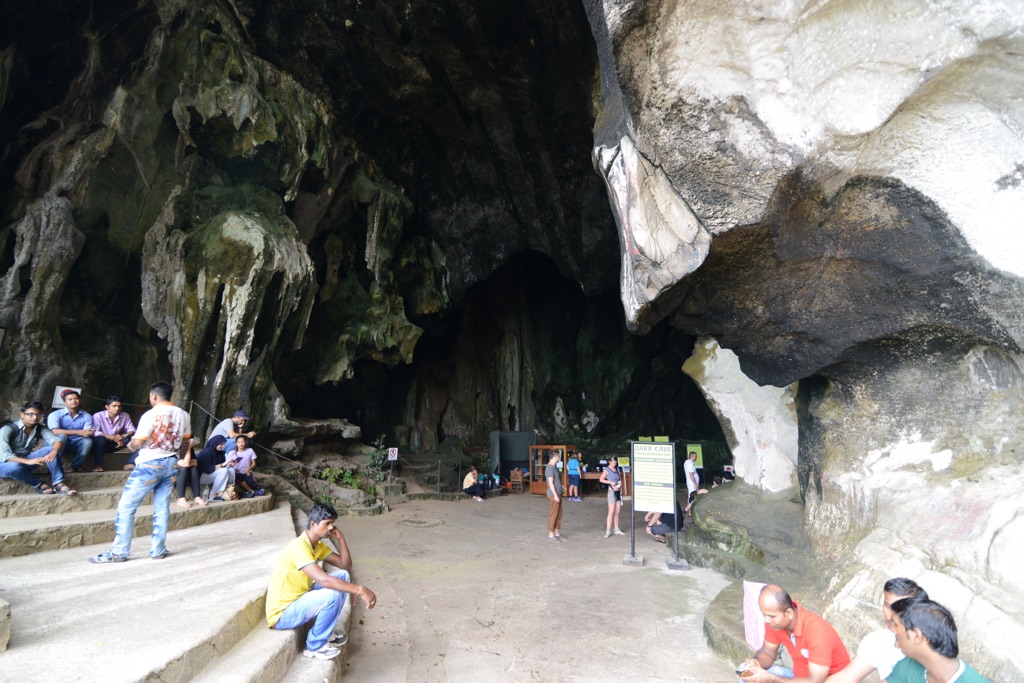
Today, Batu Caves is not only a religious site but also a popular tourist attraction. It has become synonymous with the cultural identity of the Tamil community in Malaysia. The site continues to be a living testament to their religious and cultural practices.
About Batu Caves
Batu Caves consists of three main caves and several smaller ones. The largest, known as Temple Cave or Cathedral Cave, has a ceiling over 100 meters high. The caves are natural limestone formations and have been estimated to be 400 million years old. The entrance to the caves is dominated by a colossal statue of Lord Murugan, which stands at 42.7 meters in height.
The Temple Cave is accessed by a steep flight of 272 steps. Inside, it features several Hindu shrines beneath its high vaulted ceiling. The Art Gallery Cave and Museum Cave are at the base of the steps. These caves are full of Hindu statues and paintings. The Dark Cave, a little below the Temple Cave, houses a diverse range of cave fauna, including some unique species.
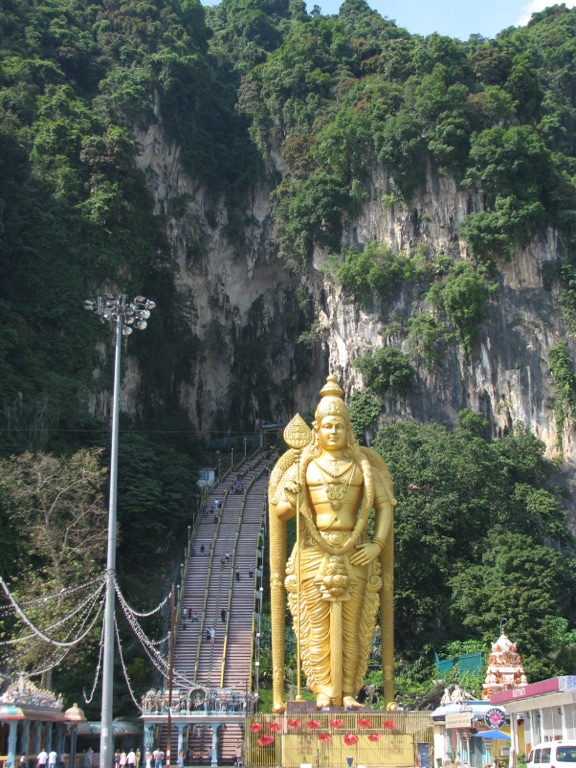
The construction and development of the site have been a blend of natural and man-made elements. The limestone caves themselves are natural, while the temples and statues within are the result of dedicated craftsmanship. The site’s infrastructure has been developed to cater to the large number of visitors it receives, especially during the Thaipusam festival.
Architecturally, the site is a mix of stunning natural limestone formations and intricate Hindu art. The caves serve as a backdrop to the colorful celebrations and rituals that take place. The site’s development has been sensitive to its religious significance while also accommodating its role as a tourist destination.
The Batu Caves complex has undergone significant changes over the years. The installation of the Lord Murugan statue and the painting of the 272 steps in vibrant colors are recent additions that have enhanced the site’s visual impact. These changes have made the caves one of the most iconic landmarks in Malaysia.
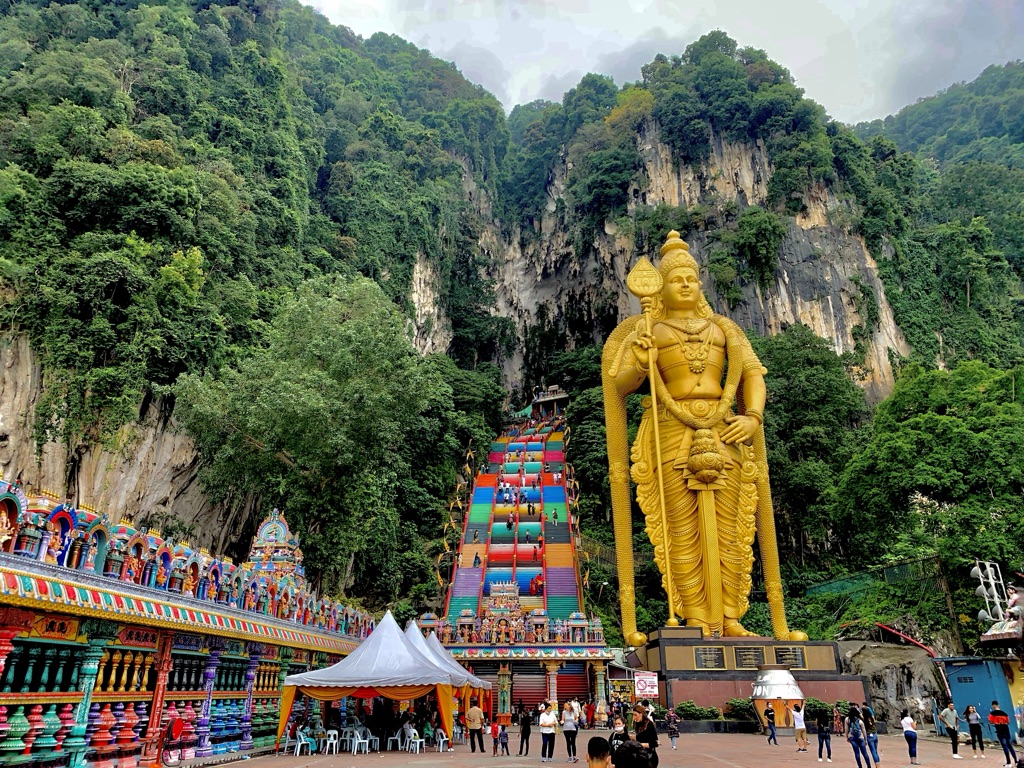
Theories and Interpretations
The site’s use as a place of worship is well-documented, but there are mysteries surrounding its earlier history. There is little evidence to suggest what the caves might have been used for before their discovery in the late 19th century. Some believe the caves could have been a resting place for indigenous people or used for ancient rituals, but these theories are speculative.
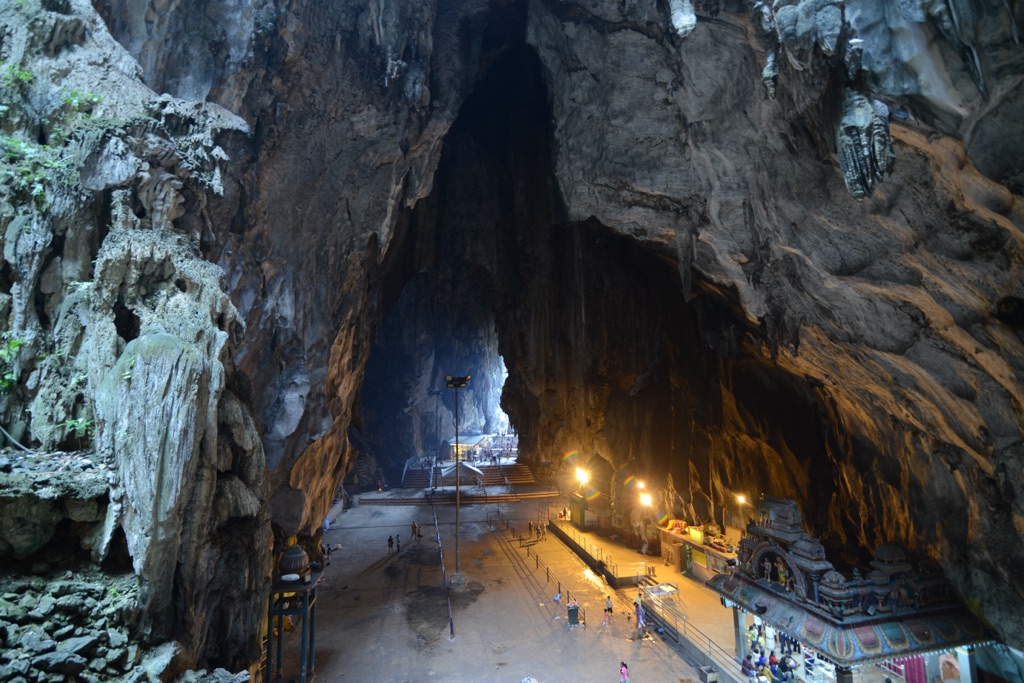
The caves have also been matched to historical records of the region. They are mentioned in colonial British records, but the lack of extensive written history from before this period leaves room for interpretation. The caves’ significance in Hindu mythology, particularly their dedication to Lord Murugan, is well-established, though the origins of this tradition are not fully understood.
Dating the caves has been carried out through geological studies. The dating of the limestone formations to around 400 million years ago is based on scientific analysis. However, the dating of human activity within the caves is less precise and relies on historical records and artifacts found within the caves.
The Batu Caves continue to be a subject of fascination. The blend of natural history and human influence makes it a unique site. Theories about its past and the interpretations of its religious significance add to the allure of the caves, making them a rich subject for both research and exploration.
At a glance
Country: Malaysia
Civilization: Hindu
Age: Temple established in 1891
Conclusion and Sources
Reputable sources used in the creation of this article:
- Wikipedia: https://en.wikipedia.org/wiki/Batu_Caves
- Britannica: https://www.britannica.com/place/Batu-Caves

